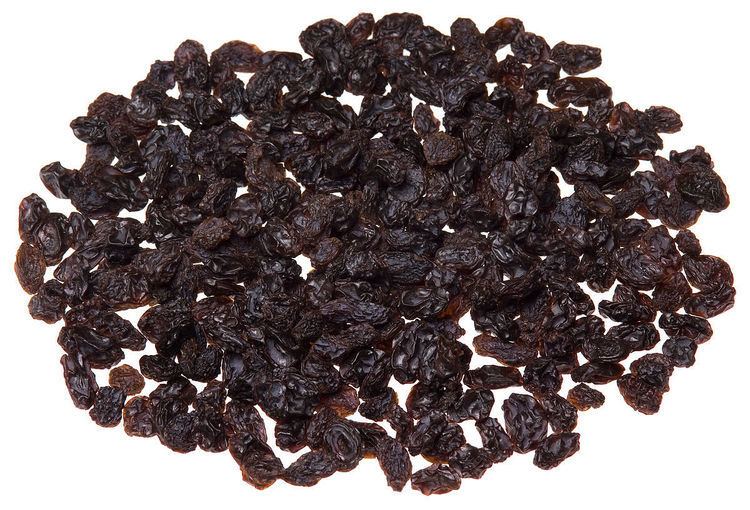 | ||
The National Raisin Reserve was a raisin reserve of the United States. It was created after World War II by the government in order to control raisin prices. The reserve was run by the Raisin Administrative Committee. It was enforced by means of a "marketing order". In 2015, the United States Supreme Court ruled the reserve unconstitutional and ended it.
Contents
History
The reserve was founded in 1949 as a means to prevent the crash of raisin prices in post-World War II America. Because there was less demand from the federal government for raisins, there was suddenly a glut of raisins on the market. As a result, prices began to go down. In 1949, Marketing Order 989 was passed which created the reserve and the Raisin Administrative Committee, which is responsible for running the reserve.
American raisins, once seized, are sent to various warehouses across California, where they are stored until they are sold off to foreign nations, fed to cattle or schoolchildren, or disposed of in any other way to get them off the market that year.
The Raisin Administrative Committee is based in Fresno, California and is overseen by the United States Department of Agriculture. Committee members are made up of industry representatives, who then decide what to do with the stockpiled supply. The profits from the raisins, often seized for no payment, are then used to pay the expenses of the committee or pay back farmers for their seized produce. In one recent year, $65,483,211 was made, although it was all spent, with none left over for farmers, according to the review of one recent year.
"It’s a cartel. Let’s use the power of the government to operate a cartel," said Daniel Sumner, director of the University of California’s Agricultural Issues Center. Congress had given the USDA the authority to operate reserves during the New Deal: Other reserves existed for almonds, walnuts, tart cherries and other products.
In 2013, Congressman Trey Radel introduced a bill that would repeal Marketing Order 989. The bill was introduced but not enacted.
The reserve gained prominence in 2013 when Marvin Horne challenged the legitimacy of the reserve in Horne v. Department of Agriculture. Before 2002, he had been contributing voluntarily to the reserve, although he stopped that year. As of July 2013, he was in debt to the government $650,000, with a deficit of 1.2 million pounds of raisins, which would take four full years of harvesting to make up. Horne's takings claim made its way all the way to the United States Supreme Court, which reversed and remanded the determination of the U.S. Court of Appeals for the Ninth Circuit that it had no jurisdiction. On remand, the Ninth Circuit found that the reserve's requirements did not constitute a taking. In April 2015, the case was argued again before the Supreme Court., which decided in June 2015, by a majority of 8:1, that the confiscation of a portion of a farmer's crops without market price compensation was unconstitutional.
Other reserves
In addition to the National Raisin Reserve, during the New Deal other reserves existed for almonds, walnuts, tart cherries and other products. Enacted during the Great Depression, the New Deal reserves were a result of the government's attempt to keep prices viable for farmers to grow the fruit and make a suitable profit. Most of these no longer exist.
